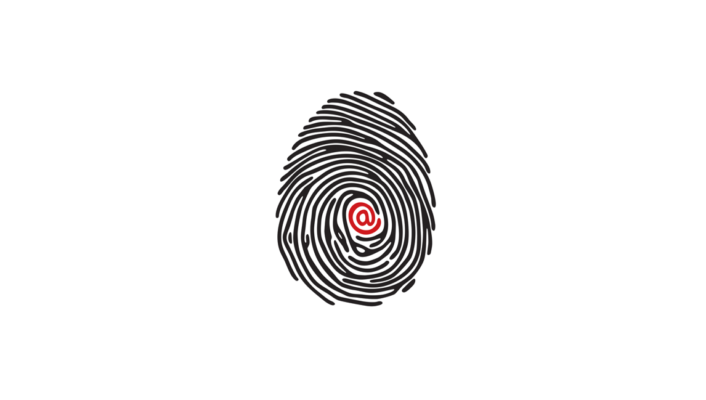Technology leaps to life as virtual capabilities gear up for mass market production—breaking into touch, taste, and smell in addition to sight and sound. Virtual Reality (VR) is the latest digital frontier, creating experiences that redefine our expectations of technology and unlocking potential benefits across the board.
As digital reality becomes increasingly realistic, VR provides a way to experience our world in an entirely new way. Just like an IMAX 3D film, VR is now capable of delivering complete visual and audio immersion, creating the experience of touch and the sensation of motion. Advanced tech is even capable of delivering taste and smells.
Virtual Reality is used to train pilots and medical professionals and even create a collaborative workspace for architects. Back in 2014, Facebook shelled out nearly $3 billion for the Oculus headset, and both Microsoft and Sony have been developing their own line of VR products to interface with their creative entertainment products and solutions. While entertainment and media industries are the primary adopters of VR; as tech companies continue to invest and develop competitive business-to-business solutions, VR is finding larger audiences across a variety of fields.
Virtual Reality Technology Via the Senses
What about touch? Haptic technology creates an experience of touch by applying vibrations on the skin. This user interface recreates the sense of touch by sending data from gadgets straight to the body. So instead of hearing or seeing a message, you feel taps. People are being introduced to haptics thanks to devices like the Apple Watch…and we can expect to see much more of this technology in the future.
What about taste? Tech you can live and breathe doesn’t stop with VR. Experimental technology is bringing imagination to life as things like 3D-printed food become possible. While it’s still no replacement for real food, the possibility to create food for special dietary needs with custom nutrients presents a major benefit. Imagine printing your breakfast before work to supercharge your day—while it may sound like it’s straight out of a sci-fi movie, it’s now in the realm of possibility.
What about smell? Digital scent technology cartridges can now be used to simulate smell. The capabilities include next level entertainment experiences, like a movie that includes the smell of a grassy field or a cooking show where you can smell a gourmet dish. Scent is one of the most powerful senses and one that people respond to strongly. With the ability to simulate scent, a whole new world of therapeutic, entertainment, and research-based applications become possible.
As technology continues to augment reality, what we thought possible is redefined. This tech is changing lives… like helping color-blind people see color, printing highly advanced prosthetics for patients to regain control of their mobility, and providing new ways to learn and experience information in a simulated landscape. Tech you can experience, touch, taste and smell all come together for an experience that is truly amazing.
What about your business? Leveraging technology you can actually feel has utility for everyone. With VR you can create immersive experiences for your team to collaborate on projects or create demo environments for your clients to really dive into your world of solutions and services. Real estate and design work are a particularly good example—imagine being able to create and distribute a completely virtual tour of a custom interior design. Not only does experiential-technology provide a gateway to broader market access, it also provides an additional layer of comfort in a shifting landscape where “going remote” is the new standard.
Want to learn more about virtual tech or want us to cover a specific technology in a future article? Let us know here! Just like tactile technology, we’re here to add value and demystify the latest trends, gadgets and features in the ever-changing world of IT.
First published in our September 2020 IT Radix Resource newsletter


